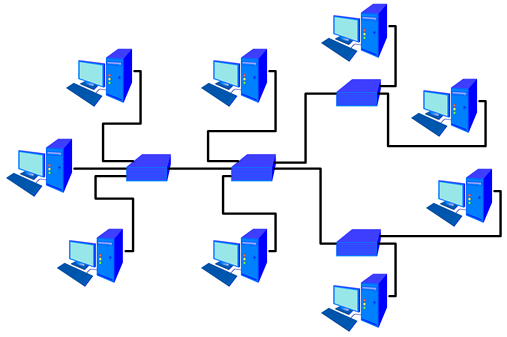Blending Competency-Based Education and Adaptive Learning

Last month, I attended the Fusion 2016 conference in Washington DC sponsored by the learning management system Brightspace (D2L or Desire2Learn). Two of the topics that ran across many of the presentations were competency-based education (CBE), programs and degrees, and adaptive learning. Both of these topics have been ones I have been written about and have been interested in the past two years.
CBE is a movement that Brightspace has put some focus on in its design. Success in CBE is assessed by the knowledge gained, not the time spent, so when a student masters a concept, they move on to the next. Until they master it, they receive specific guidance to help them. The plusses of CBE are usually given as faster completions, individualized pacing, credit for prior knowledge more immediate feedback and potential cost savings for students.
Adaptive learning is an educational method which uses technology (computers, LMS etc.) as interactive teaching devices. More importantly is using and coordinating any human (faculty, tutors etc.) and mediated resources to the unique needs of each learner. For me, adaptive learning is a 21st century take on what we called individualized learning several decades ago.
I believe that both approaches have value, but after hearing a number of presentations on them last month, I wrote in my notes "Why not blend adaptive learning with CBE?"
Dragan Gasevic has said that that what we need to do is create adaptive learners rather than adaptive learning. The idea that software should develop those desired attributes of learners that we want requires shifting education from the acquisition of knowledge. Gasevic and George Siemens consider knowledge acquisition to be "the central underpinning of most adaptive learning software today." They would like to see more focus on the development of learner states of being, including affect, emotion, self-regulation and goal setting.
I am not unique in looking to a blending of CBE and adaptive learning. Unfortunately, for a time, individualized/personalized learning, competency-based education, and blended learning were not well-defined by educators and were sometimes even used synonymously. iNACOL and its project, CompetencyWorks, have looking at some of the misconceptions of CBE that might actually undermine equity.taken leadership in helping the field understand these concepts as different and relational to build knowledge in communicating these topics.
One misconception noted is that the idea of flexible pacing is misused to be synonymous with competency education. Allowing self-pacing flexibility and software for improved data feedback loops is a positive step, but it is not necessarily mean you have a personalized learning environment or a competency-based progression.
In the issue of equity in competency education, one concern is that variation in pacing may mean a percentage of students get left behind. It is not that gaps for students who lack knowledge and skills already exist, but a more time-based structure means these gaps only grow over time. Competency education requires daily focus on student progress, supports to stay on pace and acting to ensure they demonstrate mastery.

